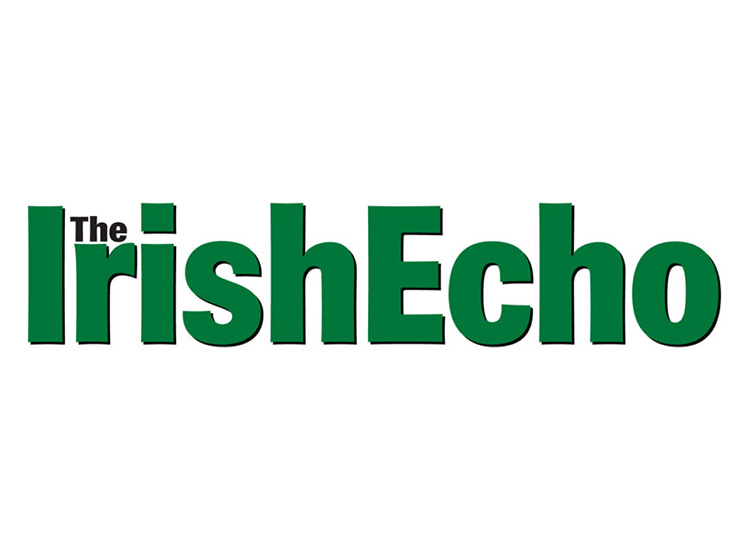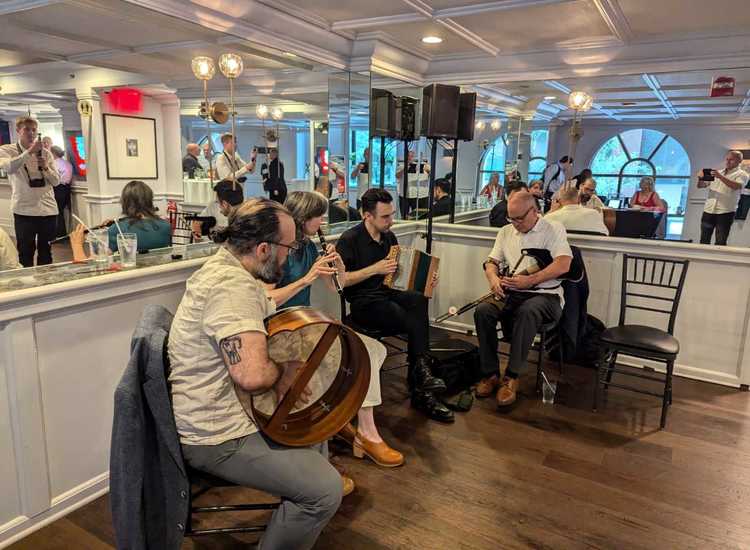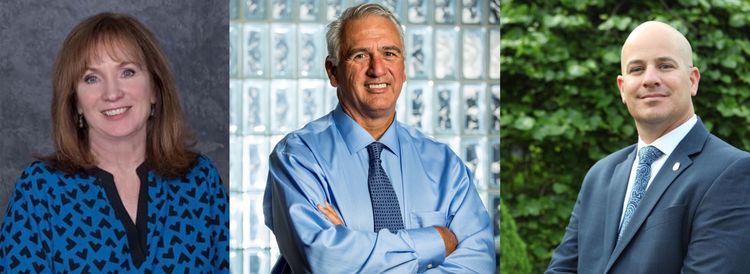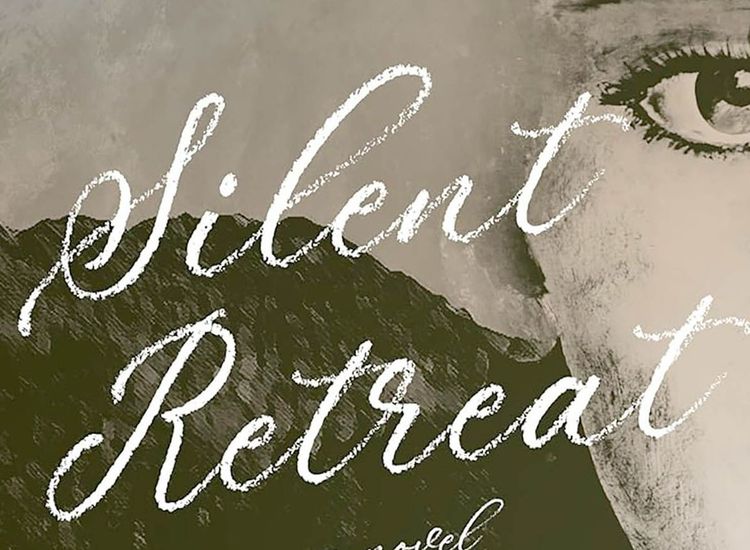
Paul Simon's "So Beautiful or So What," which received widespread (and hyperbolic) critical praise and plenty of promotion, sold 68,000 copies during its first week of release. The album debuted at No. 4 on the Billboard 200 chart--one slot below the debut of Alison Krauss and Union Station's "Paper Airplane."
Should we conclude that bluegrass has surpassed pop in sales? Of course not. But the numbers confirm that last year's nearly 13 percent decline in U.S. album sales has neither stopped nor slowed. Need more proof? Retail CD sales plummeted 80 percent over the last four years, and the year 2010 witnessed another historic SoundScan nadir: only 11 albums reached platinum status (minimum of 1,000,000 copies sold). So much for so-called "tent pole" blockbusters that allow established labels to risk recording unknown acts and absorb any shortfalls.
Record labels and entrepreneurial musicians have also engaged in select steep discounting for digital downloads. During its initial week of release in August 2010, Arcade Fire, a Montreal rock band I admire not just because it features an accordionist, sold 156,000 copies of "The Suburbs," making it No. 1 on the Billboard 200 chart. A great boost to that total was Amazon, which sold digital downloads of the entire album for $3.99. A month later, Amazon did the same for Ray LaMontagne and the Pariah Dogs' "God Willin' & the Creek Don't Rise," which debuted at No. 3 and sold 64,000 copies.
Where do sales of Irish traditional music fit into all this? Let's put it this way: When was the last time you heard any Irish traditional act acknowledge robust retail sales of its albums?
Between 10 and 16 years ago, a period when the "Riverdance" bubble seemed unburstable, I knew of a couple of Irish traditional bands (excluding the Chieftains, a category unto themselves back then) who were offered or who received $100,000 in a recording contract advance and, in one case, sold nearly 100,000 copies of a CD. If that happened today, both the album and the band would probably be greeted with hosannas from the music industry.
With many retail outlets and chains shrinking or shuttering, and ordering albums through musician websites still in its infancy, full-time Irish traditional performers need to tour to sell albums now. But how many albums can you reasonably expect to sell when you're doing an increasing number of house concerts?
Let's say each house concert attracts a maximum of 40-50 paying patrons. Does the 10 percent rule of thumb, where musicians presume roughly 10 percent of any audience will purchase their recordings, apply to private residence performances? If so, is selling 4 or 5 CD's enough?
Also, house concerts appeal most strongly to fans. So where is the potential for future converts, those who might take a chance on a performer new or unknown to them?
Moreover, how do you promote new albums at house concerts that most major mainstream print media won't mention because of security and liability concerns or resistance to list any performance for which an exact address is not given upfront? Conventionally, house concert organizers provide a phone number or e-mail address to learn the precise concert location. But this gateway, though an understandable control measure, further insulates the artist from people who might attend on a hunch, whim, or last-minute impulse. They can't just walk into a stranger's house without an advance phone call or e-mail leading to a reservation.
I'm not trying to pick on house concerts. In a tough economy, I admire the resourcefulness of musicians to find places to perform and the generosity of hosts to open their homes as places to perform. The financial advantage is that musicians customarily get paid in cash--without intermediaries (agents excepted) taking a percentage--and can thus avoid any gamesmanship at the end of a performance. The artistic advantage is that musicians seem to blossom in house concerts. A club or theater stage cannot replicate the intimacy of a living room, and the house concert audience's respect for, focus on, and connection to performance are unsurpassed. Musicians feed off that and respond accordingly. It's why some of the best Irish traditional concerts I've seen over the past few years have been in people's carriage houses, living rooms, and basements.
There's a historic precedent for Irish music house concerts, dating back at least to the days of itinerant harper and composer Turlough O'Carolan (1670-1738), who performed in the manors of Ireland's gentry and named most of his compositions after them. This salon style of musical performance at private residences has never really gone out of fashion and is certainly not unique to Irish music.
For years, a number of classical (usually no larger than a string quartet), old-timey, and folk musicians (mainly singer-songwriters) have been doing house concerts, and jazz musicians have begun to experiment with them. In and around Seattle, for example, the monthly JazzVox house concert series is flourishing. There, a jazz singer, such as the critically lauded Kevin Mahogany, joins with one or two instrumentalists to perform with unfussy amplification in someone's living room filled with attentive listeners.
But the sticking point for Irish traditional musicians remains album sales, whether physical copies or digital downloads. Those still lag far behind the peak level of a decade or two ago. Will it ever return? Not in those outmoded formats.
In the volatile marketplace of music, wistfulness is rooted in wishful thinking. The past will not be reclaimed. A homebody's command of point-and-click technology to access music on a cheap laptop has outflanked the most sophisticated and expensive efforts of the once-invincible mega-labels to stop them. Why pay anything for recorded music? That's the prevailing mantra--and core dilemma.
Coming to a house concert near you: brilliant Irish traditional musicians. They have albums to sell at substantially more than $3.99 each. Any takers?
Four chances to see Brian Conway perform
One of the world's premier Irish traditional fiddlers, Brian Conway will be doing a short tour with famed Acadian pianist, fiddler, and singer Gilles Losier, perhaps best known as the accompanist of legendary Quebecois fiddler Jean Carignan for two decades. This can't-miss duo of Conway and Losier will be performing at 7:30 p.m. on Wed., May 18, at Dunne's Pub, 15 Shapham Place, White Plains, N.Y. (914-421-1451), 8 p.m. on Fri., May 20, at Old Songs Community Arts Center, 37 S. Main St., Voorheesville, N.Y. (www.oldsongs.org/concerts), and 7:30 p.m. on Sat., May 21, at McGraw's Irish Pub, 146 W. Commercial St., East Rochester, N.Y. (585-348-9091 or info@mcgrawsirishpub.com). There will also be workshops held by the two musicians on May 21 from 3 to 4:30 p.m. in Rooms 131-133 at nearby Nazareth College's Golisano Academic Center.
At 8 p.m. on Thurs., May 26, Brian Conway and the rest of the Pride of New York (Joanie Madden, Billy McComiskey, and Brendan Dolan) will be together in a concert sponsored by the Mid-Atlantic Center for the Arts and Humanities at Star of the Sea Church, Washington Street Mall at Ocean St., Cape May, N.J. (609-884-5404 or 800-275-4278).









